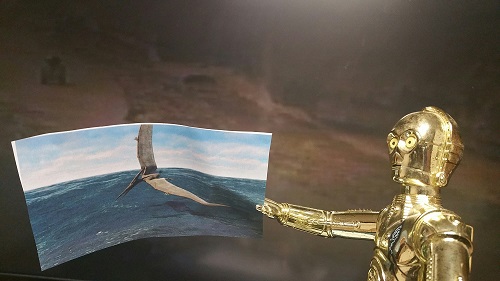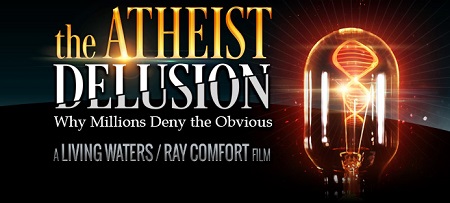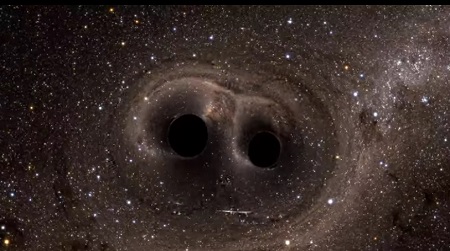William Dembski is a leader in the Intelligent Design (ID) community, so I read with initial interest a recent interview he did with Sean McDowell titled How is the Intelligent Design Movement Doing? Interview with William Dembski. which is posted on McDowell’s blog. That initial interest turned to dismay as the adversarial attitude Dembski has toward revealed truth in general and Young Earth Creationism (YEC) in particular was made apparent. When asked how he assesses the reception of ID within the church, Dembski states:
“I would say that the church broadly and even the evangelical community has — on balance — been somewhere between useless and downright counterproductive to the success of ID.”
A most unfortunate assessment given the potential ID has to impact a culture that has largely fallen under the sway of the junk science put forth to support the materialist religion known as Darwinian Evolution. Even more unfortunate is Dembski’s apparent blindness to how he (and other ID advocates with similar positions) has caused such a reaction from the God fearing, Bible believing faithful they’d like to gain support from. To unravel this mystery for them, let’s start with what both ID advocates and YEC advocates are trying to achieve. Continue Reading







.jpg)


